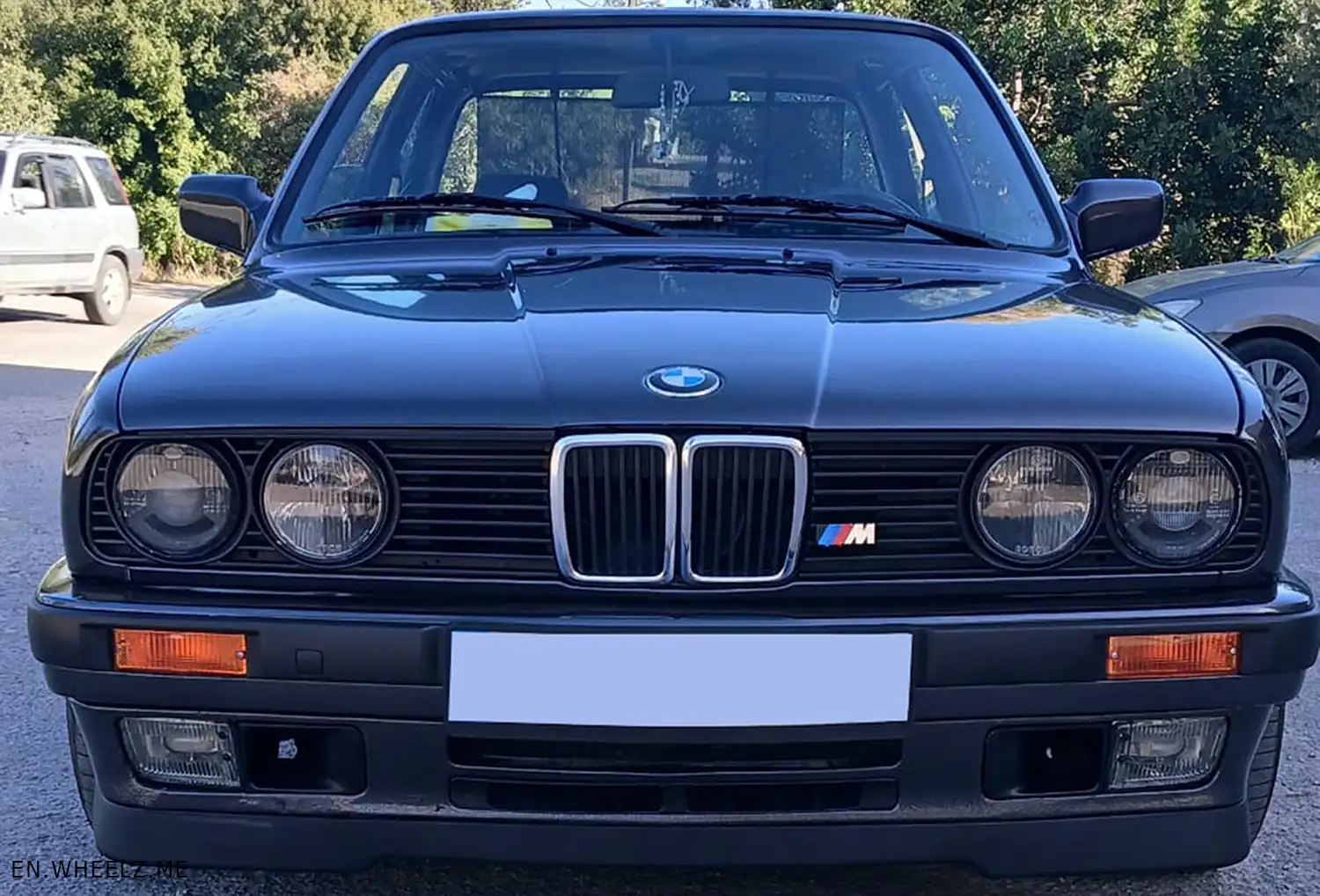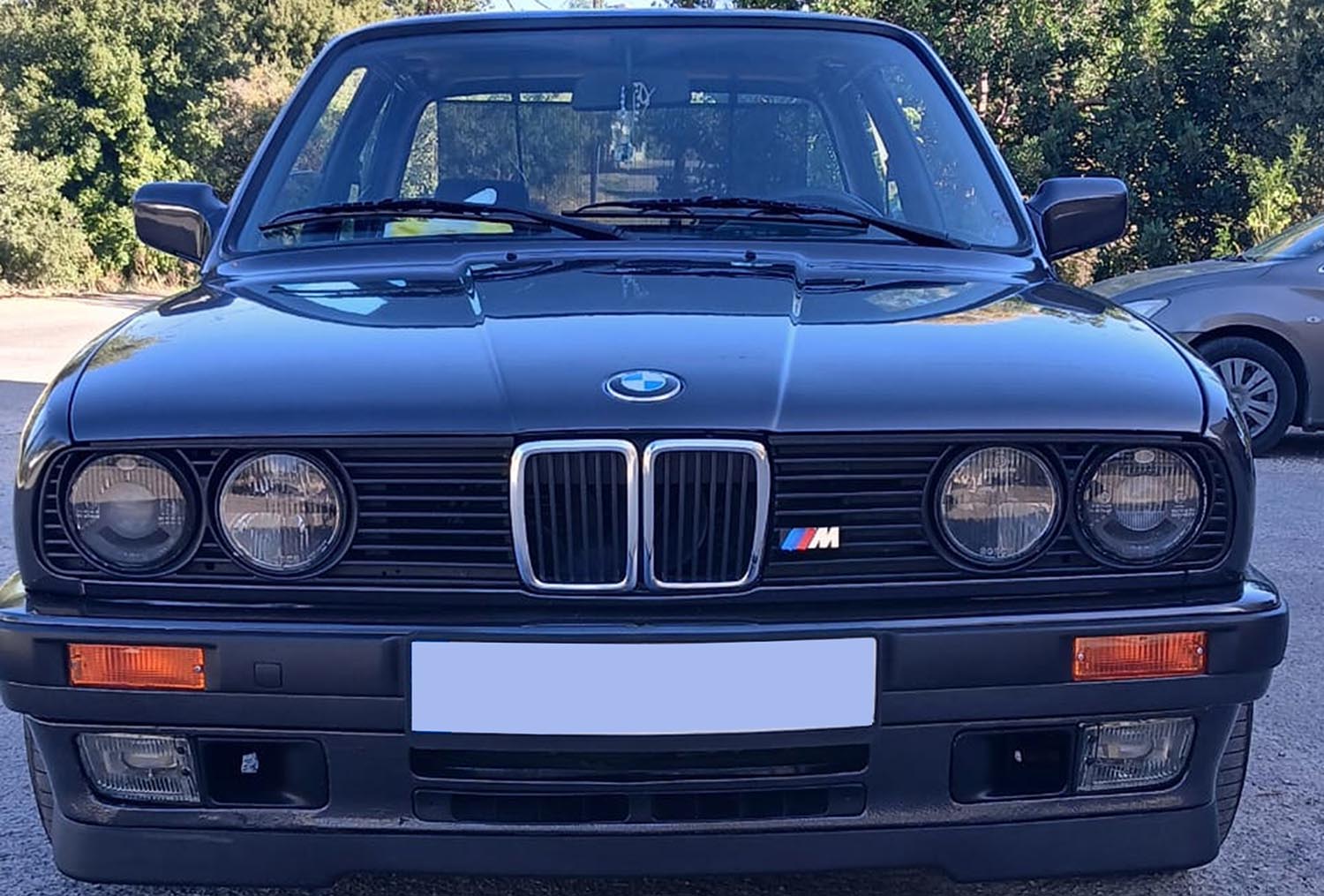.webp)
The 1989 BMW 325i Coupe remains one of the most iconic versions of the E30 generation, embodying BMW’s celebrated “Ultimate Driving Machine” philosophy. It represents the perfect intersection of balanced handling, timeless design, and mechanical purity. Among enthusiasts, the 325i Coupe stands as the ideal blend of everyday usability and genuine driver engagement , a true modern classic that continues to define the BMW spirit.
The E30 Chassis: A Foundation for Greatness
Introduced in 1982, the E30 generation succeeded the angular E21 3 Series, elevating BMW’s compact sports coupe to new heights. The chassis was stiffer, more refined, and more comfortable without compromising agility. BMW’s engineers refined the suspension geometry, improving stability and steering precision. The design team softened the body’s edges for a more aerodynamic silhouette while maintaining classic proportions. Most notably, the E30 platform diversified the lineup , it became the first 3 Series available as a four-door sedan, touring estate, and factory convertible, broadening its global appeal.
.webp)
The Arrival of the 325i: Power Meets Precision
Replacing the 323i, the 325i debuted mid-cycle as the performance-focused model for everyday drivers. Powered by the M20B25 straight-six, it provided a substantial upgrade in refinement and responsiveness over the earlier engines. The “i” designation , standing for fuel injection , ensured improved efficiency and throttle precision. The 1989 model year, part of the facelifted “late model” E30 range, refined the formula further with modernized aesthetics and subtle technical updates. It quickly became the benchmark for balance, serving as the attainable performance alternative to the homologation-special M3.
.webp)
Refined Design and Timeless Proportions
The 1988 facelift gave the E30 a cleaner, more integrated look. Chrome bumpers were replaced with color-matched plastic units that complemented the car’s sharper profile. Larger taillights, redesigned valances, and flush-mounted grilles modernized its appearance while maintaining the unmistakable BMW identity. The coupe’s longer doors and sleeker roofline gave it a purposeful stance that many still regard as the purest expression of the E30 shape. Subtle details , from the Hofmeister kink to the twin-kidney grille , reinforced its sporting heritage.
.webp)
Inside the 325i: Driver-Centric Craftsmanship
The interior of the 1989 BMW 325i Coupe was quintessentially BMW: minimalist, functional, and built around the driver. The ergonomically angled center console and straightforward analog gauges made it an ideal cockpit for enthusiasts. High-quality materials, such as thickly padded door panels and durable cloth or optional leather upholstery, conveyed understated luxury. Late-model 325i versions introduced updated switchgear, improved sound insulation, and optional features like electric windows, a sunroof, and on-board computer , advanced amenities for a compact coupe of its era. Despite its age, the cabin remains a benchmark for intuitive design and tactile quality.
.webp)
Mechanical Excellence and Performance
At the heart of the 325i lies the M20B25, a 2.5-liter inline-six engine delivering 168 hp at 5800 rpm and 164 lb-ft of torque at 4300 rpm. Renowned for its silky-smooth power delivery and unmistakable exhaust note, the M20 was paired with either a precise 5-speed manual or a 4-speed automatic transmission. Manual-equipped models accelerated from 0–60 mph in around 7.2 seconds and achieved a top speed of approximately 137 mph. Power was sent to the rear wheels through a limited-slip differential option, providing exceptional traction and driver control.
The suspension featured MacPherson struts up front and semi-trailing arms at the rear , a setup that provided sharp feedback and balance, though requiring skill to master at the limit. Ventilated front and solid rear disc brakes ensured strong stopping performance, while the rack-and-pinion steering delivered unmatched precision for the segment. Combined, these elements created one of the most engaging driving experiences of the 1980s.
.webp)
Driving Dynamics: The Essence of BMW Engineering
The 325i Coupe epitomized BMW’s mastery of chassis tuning. Its near-perfect 50:50 weight distribution made it agile yet composed through corners. The car’s communication and balance set the standard for driver involvement. Even by modern standards, the E30’s steering feel and road connection are unmatched. Enthusiasts often describe it as “mechanical honesty” , every input rewarded with immediate feedback. This blend of control and comfort made the 325i equally capable on mountain roads, autobahns, or daily commutes.
.webp)
Legacy and Collectability
Today, the 1989 BMW 325i Coupe stands as a symbol of analog precision and timeless design. It bridges the gap between classic simplicity and modern performance, offering reliability and driving purity rarely found in newer models. Its robust M20 engine and readily available parts make it a favorite among restorers and modifiers, while unmodified examples have become increasingly collectible. As values rise, the 325i continues to attract both nostalgic enthusiasts and new-generation drivers discovering BMW’s golden era for the first time.
.webp)
More than three decades later, the 1989 BMW 325i Coupe remains a definitive example of the brand’s core philosophy , a car engineered to be driven, not just admired. Its balance of performance, elegance, and authenticity ensures its place among the greats of automotive history.
Disclaimer: Content on this site is for informational purposes only. Vehicle specs, pricing, and availability may change. Always verify details with official sources before making decisions. Opinions are those of the authors.
.webp)
.webp)
.webp)
.webp)
.webp)
.webp)
.webp)

